Understanding Chicken Laying Cages
Chicken laying cages are essential structures in the poultry industry, designed to provide a secure and controlled environment for egg-laying hens. These cages are not only crucial for the welfare of the chickens but also for the efficiency of egg production.
Types and Designs of Chicken Laying Cages
There are various types of chicken laying cages available, each catering to different farming scales and needs. The common designs include battery cages, enriched system cages, and free-range support cages. Each design takes into account space utilization, ease of egg collection, and the health of the hens.
Materials and Construction
The construction of chicken laying cages often involves durable materials such as galvanized steel or sturdy wire mesh. These materials are chosen for their longevity and ease of maintenance, ensuring that the cages can withstand the daily rigors of farm use while providing a clean environment for the hens.
Features and Advantages
Modern chicken laying cages come with features that enhance the well-being of the hens, such as comfortable laying areas, adequate ventilation, and provisions for feeding and drinking. The advantages of using these cages include improved hygiene, increased egg production, and reduced labor costs due to automation possibilities.
Applications in Poultry Farming
The application of chicken laying cages is pivotal in poultry farming operations. They are used to house layers in a manner that allows for efficient management, from feeding to egg collection, and are adaptable to various poultry farming methods, whether conventional or organic.
Choosing the Right Cage
Selecting the appropriate chicken laying cage requires consideration of factors such as the number of hens, the available space, and the desired level of automation. It is important to ensure that the chosen cage meets the specific needs of the poultry operation while adhering to animal welfare standards.






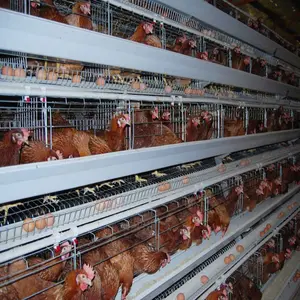

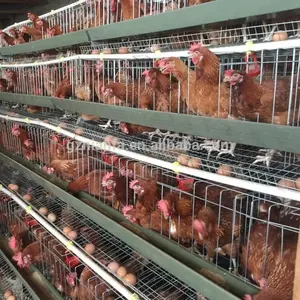

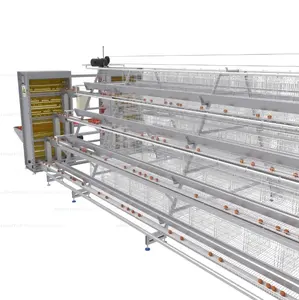
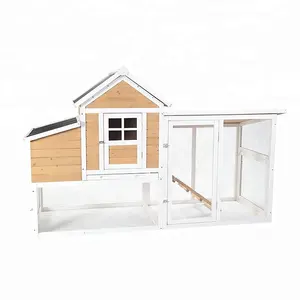


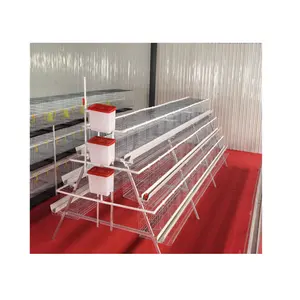



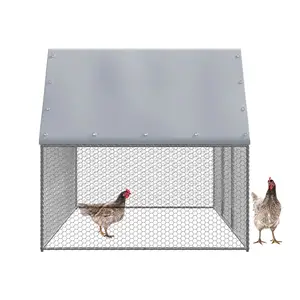





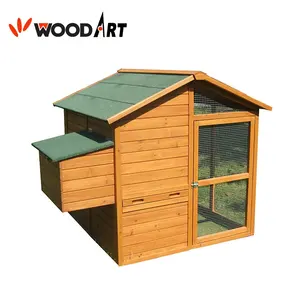







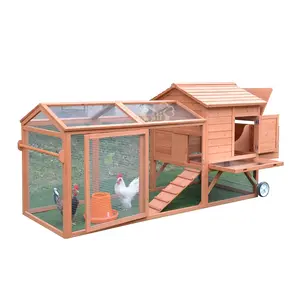
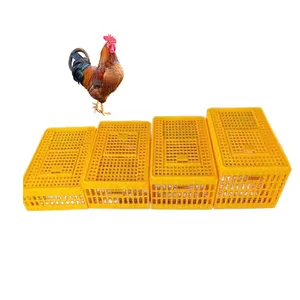






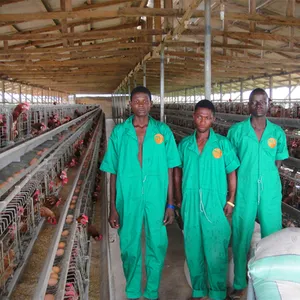

























 浙公网安备 33010002000092号
浙公网安备 33010002000092号 浙B2-20120091-4
浙B2-20120091-4